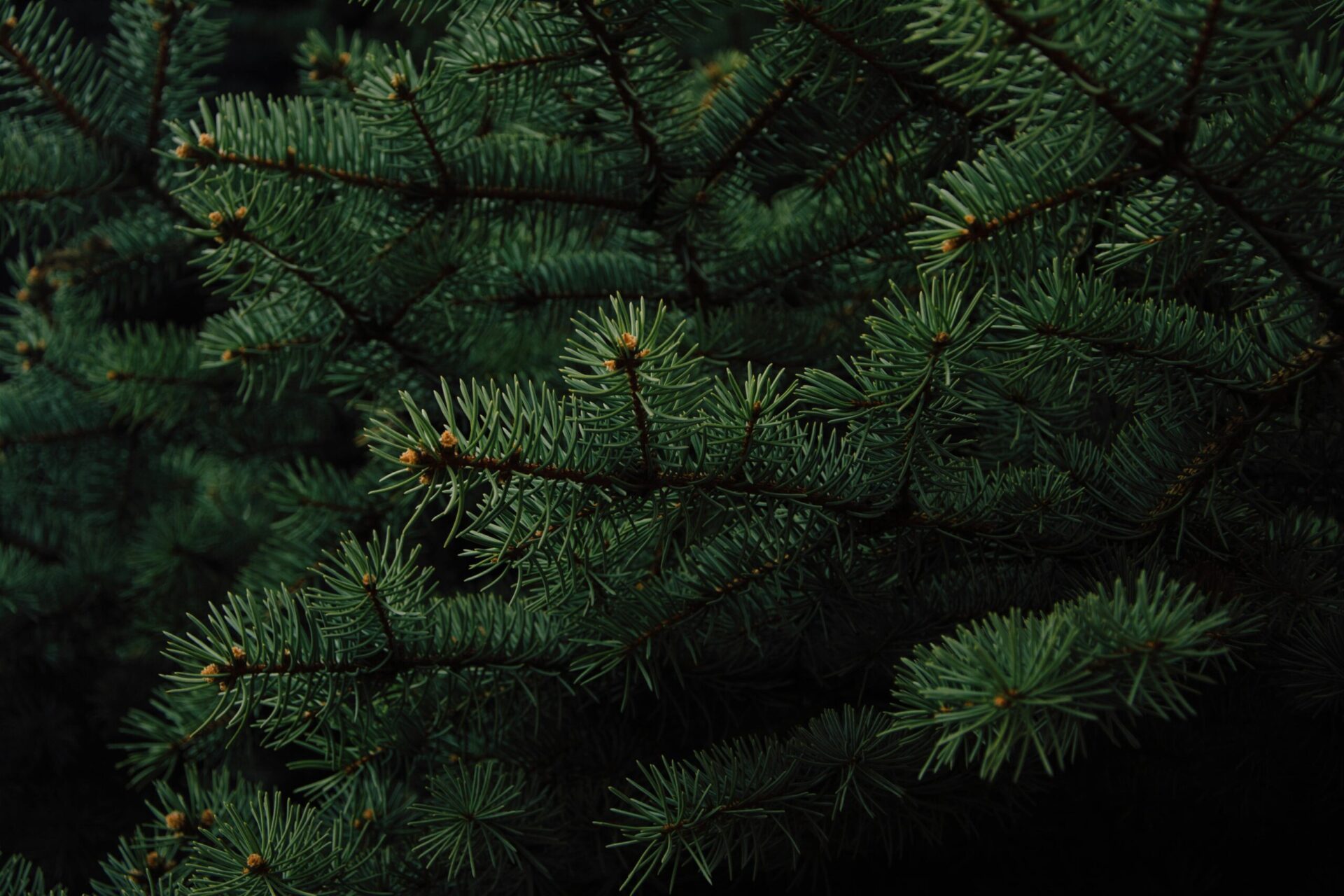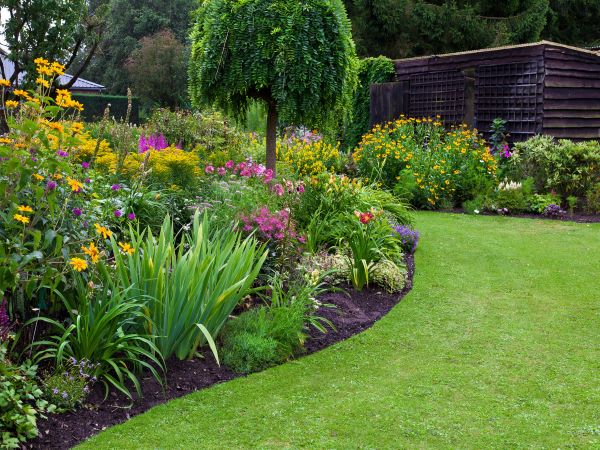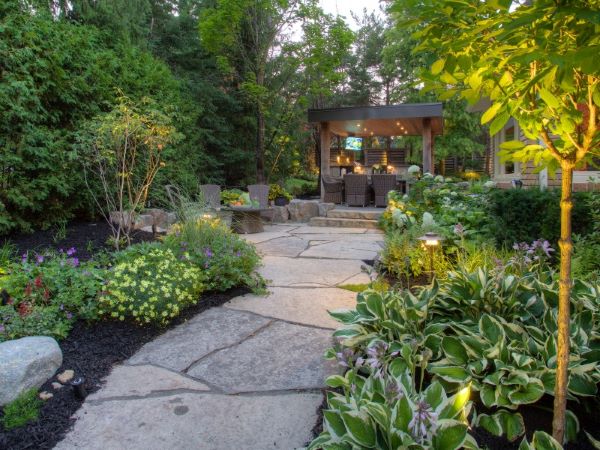Retaining walls are an essential element of hardscaping that can significantly enhance the functionality and aesthetic appeal of your Vancouver landscape. Whether you’re dealing with a sloped yard, managing erosion, or simply looking to create a more structured and attractive outdoor space, retaining walls offer a versatile solution. In this blog, we’ll explore the different types of retaining walls you can incorporate into your landscape design and how they can be tailored to Vancouver’s unique environment.
Why Choice in Retaining Wall is Important for Your Yard
Vancouver’s diverse terrain, combined with its rainy climate, makes retaining walls a vital component of many landscaping projects. Retaining walls help to:
- Prevent Soil Erosion: The frequent rainfall in Vancouver can lead to soil erosion, especially on sloped properties. Retaining walls hold back the soil, preventing it from washing away.
- Create Usable Space: If your property has a slope, retaining walls can create level areas for patios, gardens, or lawns, maximizing your usable outdoor space.
- Enhance Aesthetics: Retaining walls add structure and definition to your landscape, making it more visually appealing and increasing your property’s curb appeal.
- Improve Drainage: Properly designed retaining walls can help manage water runoff, reducing the risk of flooding or water damage.

Types of Retaining Walls for Your Vancouver Landscape
There are several types of retaining walls you can choose from, each with its own advantages and aesthetic appeal. The right choice depends on your specific needs, the terrain of your property, and your design preferences.
1. Gravity Retaining Walls
Gravity retaining walls rely on their weight and mass to hold back the soil. These walls are typically made from heavy materials like stone, concrete, or brick. They are ideal for shorter walls or areas where a more substantial, rustic look is desired.
- Materials: Natural stone, concrete blocks, bricks
- Pros: Durable, strong, and aesthetically versatile. Can be built in a variety of shapes and designs.
- Cons: Requires a significant amount of material, which can be costly and labor-intensive.
2. Cantilevered Retaining Walls
Cantilevered retaining walls are built with a reinforced concrete base that extends into the soil, creating a lever effect that supports the wall. This type of wall is ideal for supporting taller structures and managing larger loads of soil.
- Materials: Reinforced concrete
- Pros: Efficient for taller walls, uses less material than gravity walls, and can support significant weight.
- Cons: Requires professional engineering and construction, which can increase costs.
3. Anchored Retaining Walls
Anchored retaining walls use cables or other supports anchored into the rock or soil behind the wall to provide additional stability. This type of wall is suitable for areas where space is limited or where extra support is needed to counteract soil pressure.
- Materials: Concrete, steel, or timber with anchoring cables
- Pros: Extremely strong and stable, can be used in challenging terrain.
- Cons: More complex and expensive to install, requiring professional expertise.
4. Sheet Pile Retaining Walls
Sheet pile retaining walls are made from steel, vinyl, or wood planks driven vertically into the ground. These walls are typically used in soft soil or areas where space is limited, such as along shorelines or in urban environments.
- Materials: Steel, vinyl, or wood planks
- Pros: Effective in soft soils, requires less space, and is relatively quick to install.
- Cons: Not as visually appealing as other options, and may require additional corrosion protection if using steel.
5. Crib Retaining Walls
Crib retaining walls are made from interlocking boxes, usually made of timber or concrete, which are filled with crushed stone or other granular materials. These walls are suitable for areas where drainage is a concern and can blend well with natural landscapes.
- Materials: Timber or concrete
- Pros: Excellent drainage, visually appealing in natural settings, and relatively easy to construct.
- Cons: Timber versions may require more maintenance and may not be suitable for very high walls.
6. Gabion Retaining Walls
Gabion retaining walls are made from wire cages filled with rocks or other materials. These walls are highly durable and can provide a unique, rugged aesthetic to your landscape.
- Materials: Wire mesh and rocks or other fill materials
- Pros: Highly durable, excellent drainage, and can be used to create natural-looking structures.
- Cons: Can be labor-intensive to construct and may not be suitable for formal garden settings.
Choosing the Right Retaining Wall for Your Property
When selecting a retaining wall for your Vancouver property, consider the following factors:
- Purpose: Determine the primary function of the retaining wall. Is it to prevent erosion, create level garden beds, or enhance aesthetics? The purpose will guide your choice of materials and design.
- Terrain: Analyze the slope and soil conditions of your property. Steeper slopes and soft soils may require more robust solutions like anchored or cantilevered walls.
- Aesthetics: Consider the overall design of your landscape. Natural stone or gabion walls may complement a rustic, natural setting, while sleek concrete walls might suit a more modern design.
- Budget: Retaining walls can vary significantly in cost depending on the materials and complexity of the design. Gravity and crib walls are generally more cost-effective, while cantilevered and anchored walls might require a larger investment.
- Professional Installation: Retaining walls, especially those that are taller or need to bear significant loads, often require professional installation. An experienced landscaper or contractor can ensure that the wall is properly designed and built to last.
Maintenance Tips for Retaining Walls
Once your retaining wall is installed, proper maintenance is essential to ensure its longevity and effectiveness:
- Regular Inspections: Check your retaining wall periodically for signs of wear, such as cracks, bulging, or shifting. Address any issues early to prevent more extensive damage.
- Drainage Maintenance: Ensure that the drainage behind the wall remains clear to prevent water buildup, which can increase pressure on the wall.
- Vegetation Management: Keep plants and roots from growing too close to the wall, as they can cause structural damage over time.
- Cleaning: Depending on the material, your retaining wall may need occasional cleaning to remove dirt, algae, or moss. Use appropriate cleaning methods to avoid damaging the wall.
Conclusion: Enhance Your Property with Retaining Walls
Retaining walls are a versatile and essential component of hardscaping that can significantly enhance the functionality and beauty of your landscaping in Vancouver. Whether you’re looking to manage a challenging slope, prevent erosion, or simply add structure and style to your garden, there’s a retaining wall solution to meet your needs. By choosing the right type of retaining wall and ensuring proper installation and maintenance, you can create a durable and attractive feature that enhances your property for years to come.
Latest
Making the Most of Winter 2025: Guide to Snow Removal and Cold-Weather Projects in Vancouver

The Definitive 2024 Vancouver Landscaping Tree Guide for Your Yard: A Guide to Selection, Care, and Pricing

Fall Landscaping Guide for Vancouver in 2024: Maintenance, Hardscape and Softscape Transformations, and Winter Preparation

Thinking About Installing a Sport Court in Vancouver, BC? Here’s What You Need to Know

Vancouver Irrigation: The 6 Best Types for Your Garden

Looking to upgrade your outdoor space? Seymour Lawn and Garden is here to help. Our team of gardening experts specializes in crafting beautiful, sustainable landscapes that meet your specific needs. Contact us today, and let us transform your garden into a space you'll love all year round!




